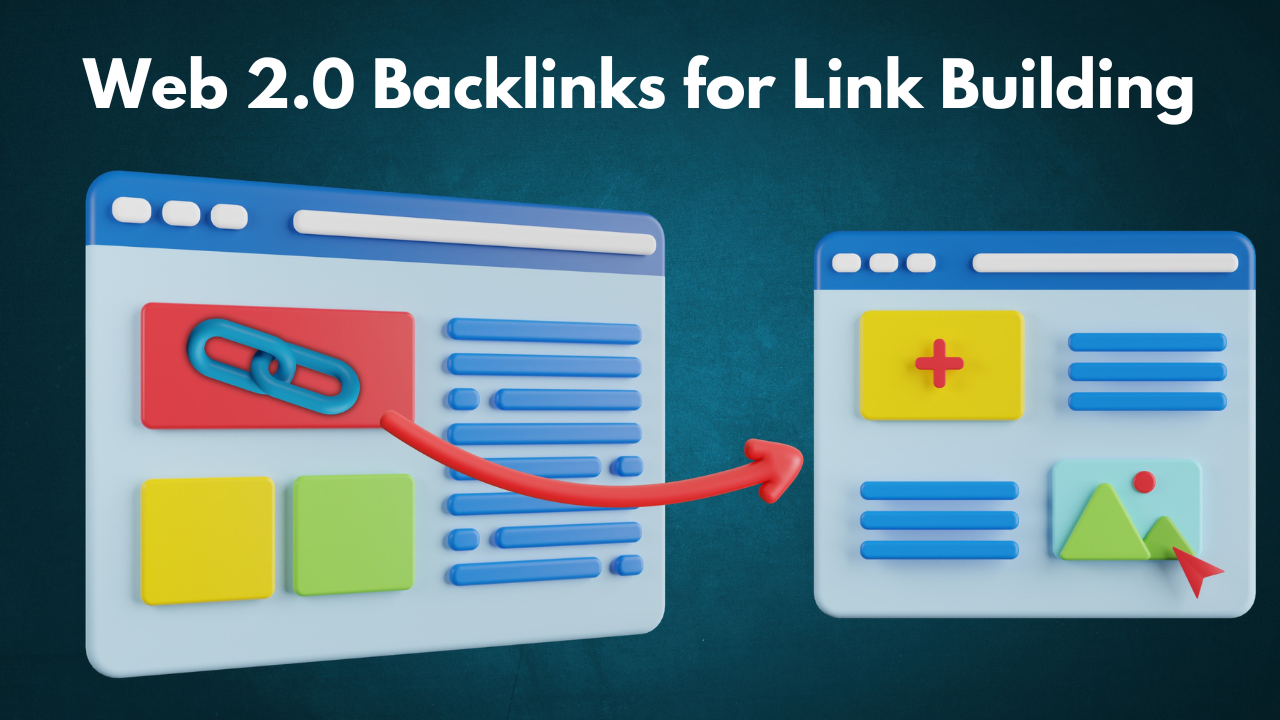
Building high-quality backlinks remains one of the most important strategies for improving search engine rankings. Among various link-building techniques, leveraging Web 2.0 backlinks is a powerful approach that can help boost your website’s domain authority and visibility. In this comprehensive guide, we’ll explore everything you need to know about Web 2.0 backlinks and how to use them effectively for link-building success.
What Are Web 2.0 Backlinks?
Web 2.0 backlinks are links that come from platforms designed to allow user-generated content. These include websites such as WordPress, Blogger, Tumblr, Medium, and other similar sites where users can create their own blogs, profiles, or pages and include links pointing back to their primary website. These backlinks are valuable because they allow you to control the content and links entirely.
Benefits of Using Web 2.0 Backlinks
- Control Over Content:
Web 2.0 platforms let you create your own content, which means you can include the keywords, formatting, and links you need without external restrictions. - Increased Domain Authority:
Most Web 2.0 platforms have high domain authority, and backlinks from these sources can contribute positively to your website’s ranking. - Cost-Effective Solution:
Many Web 2.0 platforms are free to use, making them a budget-friendly option for building a strong backlink profile. - Diverse Link Profile:
Using Web 2.0 backlinks adds diversity to your link profile, which is critical for maintaining a natural backlink strategy.
How to Create High-Quality Web 2.0 Backlinks
1. Select Reliable Web 2.0 Platforms
Choose well-established platforms such as WordPress, Medium, Wix, and Blogger. These platforms are trusted by search engines and have strong authority scores, which will reflect positively on your backlinks.
2. Create Unique Accounts for Each Platform
Instead of reusing one account across multiple platforms, create a unique profile for each. This ensures a natural backlinking footprint and reduces the risk of penalties.
3. Publish High-Quality Content
Content is the backbone of effective Web 2.0 backlinks. Focus on creating original, engaging, and keyword-optimized articles that provide value to readers. Use images, videos, and infographics to enhance your posts.
4. Place Your Backlinks Strategically
When adding links, ensure they are placed naturally within the content. Avoid stuffing multiple links in one article, as this could trigger spam filters. Focus on embedding them in relevant anchor text.
5. Update and Maintain Your Web 2.0 Sites
Web 2.0 backlinks are most effective when the sites hosting them are active and regularly updated. Make it a habit to add new content and engage with the audience on these platforms to keep the profiles active.
Best Practices for Web 2.0 Link Building
Use Relevant Anchor Text
Anchor text is a critical part of any link-building strategy. Use keywords or variations that align with your target SEO goals to maximize the effectiveness of your backlinks.
Avoid Over-Optimization
While Web 2.0 backlinks are valuable, overusing them can make your link profile appear unnatural. Balance them with other types of backlinks, such as guest posts, forum links, and social media shares.
Focus on Niche Relevance
Whenever possible, ensure the content on your Web 2.0 pages is relevant to your industry or niche. This adds authenticity to your backlinks and makes them more valuable in the eyes of search engines.
Use Proper Formatting
Divide your content into sections using headings, bullet points, and numbered lists. This makes your posts more reader-friendly and improves engagement.
Common Mistakes to Avoid
- Ignoring Content Quality:
Posting low-quality or spun content on Web 2.0 sites can harm your SEO efforts. Search engines prioritize value-driven content, so always focus on quality. - Using Too Many Links:
Overloading your articles with links to your website can make the content appear spammy. Maintain a balance by including only a few links per post. - Neglecting Platform Guidelines:
Many Web 2.0 platforms have strict guidelines regarding acceptable content and linking practices. Ignoring these rules can result in your account being banned. - Abandoning Web 2.0 Sites:
Create a posting schedule to keep your accounts active. Dormant profiles may lose their authority over time.
Tracking the Effectiveness of Your Web 2.0 Backlinks
Once you’ve built your Web 2.0 backlinks, it’s important to track their performance. Use tools such as Google Analytics, Ahrefs, or SEMrush to monitor traffic, rankings, and the overall impact of your link-building strategy.
Advanced Web 2.0 Link-Building Tips
- Leverage Social Signals:
Promote your Web 2.0 posts on social media platforms to increase visibility and drive traffic. - Integrate Internal Links:
Link to other pages within your Web 2.0 site to establish topical relevance and improve user navigation. - Build Tiered Links:
Strengthen your Web 2.0 backlinks by building secondary backlinks to them. This can amplify their authority and impact. - Use Multiple Media Formats:
Incorporate videos, podcasts, and slideshows into your content to make it more engaging and shareable.
Conclusion
Web 2.0 backlinks are a valuable component of a well-rounded link-building strategy. By following the steps and best practices outlined in this guide, you can leverage these platforms to enhance your website’s SEO performance. Remember, the key to successful Web 2.0 link building lies in creating high-quality, relevant, and consistent content that adds value to your audience.
Buy Our Service: Web 2.0 Backlinks Services
